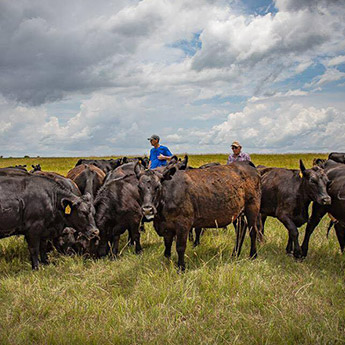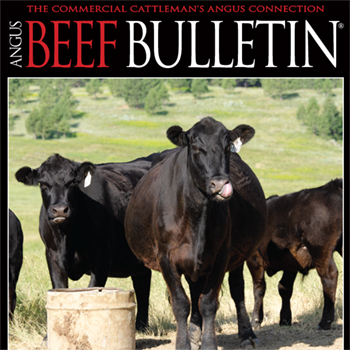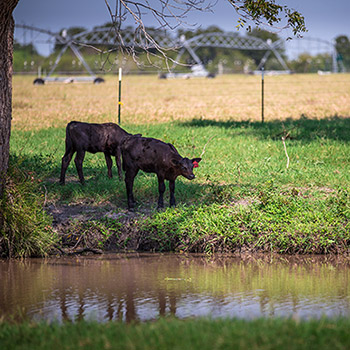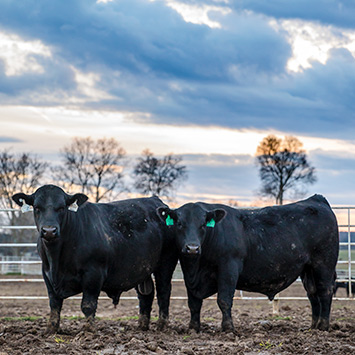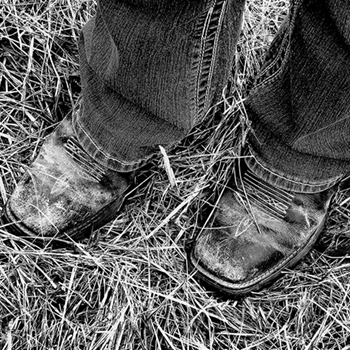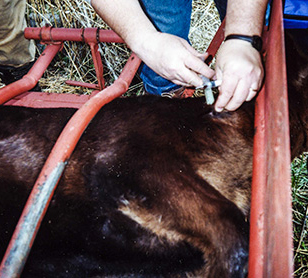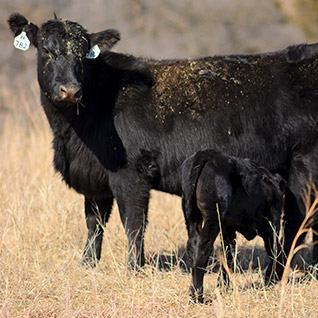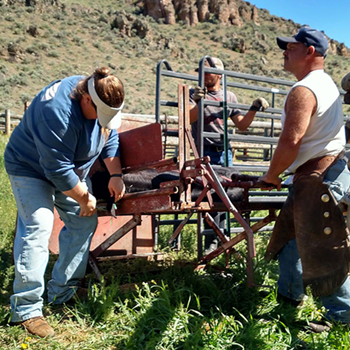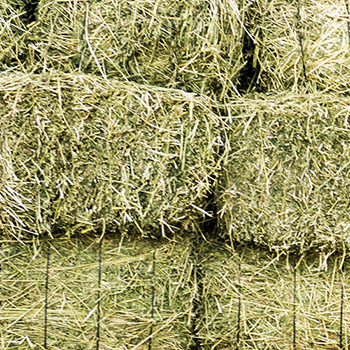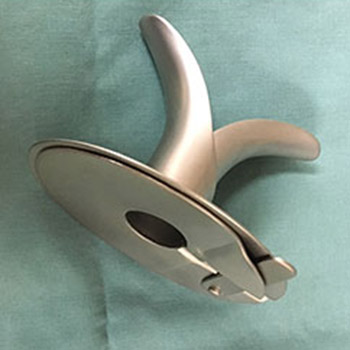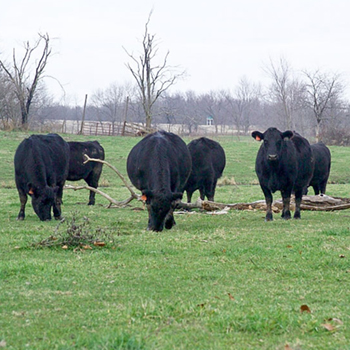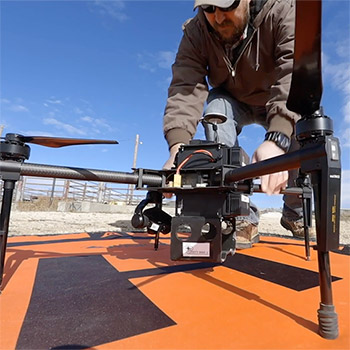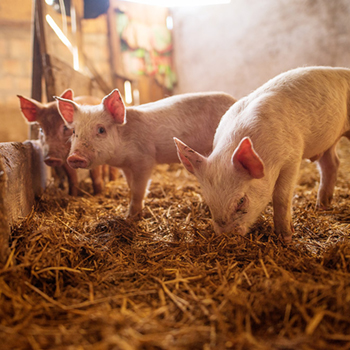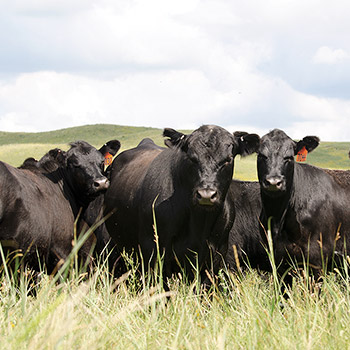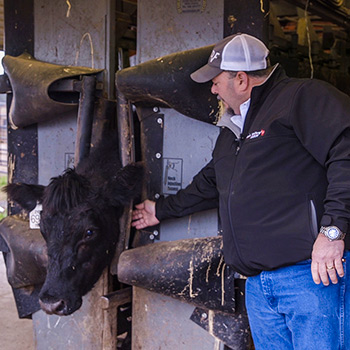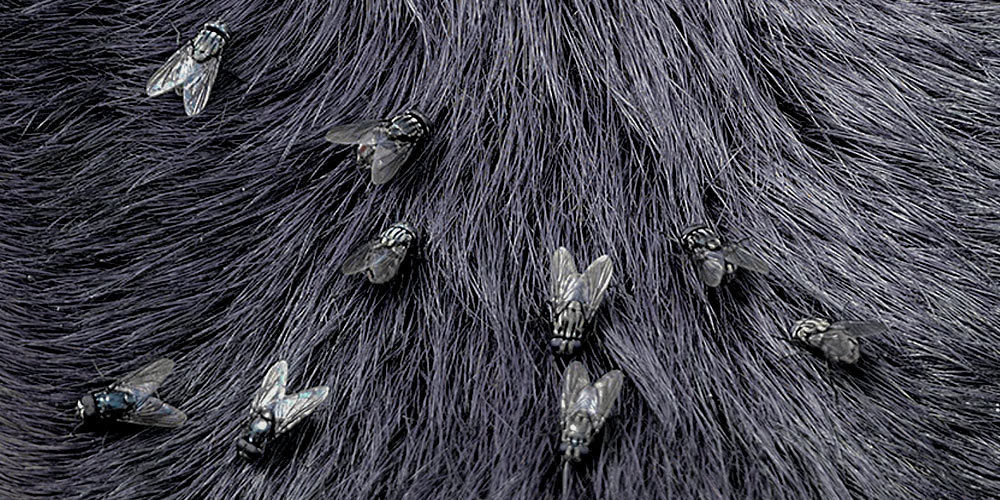
No Lies with Flies
Strategies offered to reduce parasite problems and increase cattle performance.
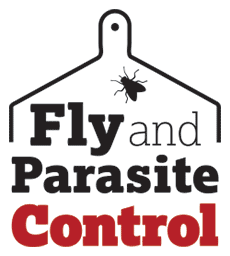
Flies are pests to your cattle and to your wallet. They bother your cattle, forcing them to group together to protect each other instead of grazing. They also are vectors of disease like pinkeye, mastitis bacteria, Staphylococcus aureus bacteria and anaplasmosis, says Casey White, director of product development at Central Life Sciences.
“Flies are known to help vector 65 diseases among animals, though recent research suggests that number is now more than 100,” White says.
There are four flies that bother livestock — the house fly, stable fly, face fly and horn fly. House and stable flies are premise pests, and face and horn flies are pasture pests, he explains. The horn fly is the most problematic to cattle, White says.
The horn fly lays eggs in unmolested manure, less than five minutes old, White explains. Both sexes of the fly are blood feeders, taking meals 30-40 times per day. They remain on cattle day and night, and live for about 10-20 days.
They are strong biters, but not strong fliers. Their flight distance is about 1/4 to 1/2 mph, so it is against their nature to jump between herds. You can’t blame your neighbor for a horn fly problem.
Flies are irritating, but when do they become a real problem? White notes if a beef animal has 200 flies on it, the flies have reached an economic threshold, and they will affect that animal’s performance.
“These flies cost the cattle industry more than $1 billion per year. They are North America’s most pervasive and costly external cattle parasite,” he says.
So, what can you do about it?
There are many fly-control options — sprays, pour-ons, insecticidal ear tags, dust bags, and back rubbers for adult flies; as well as feed-through and manure/site treatments for larva.
Why wait for adult flies to bother your cattle? White recommends going on the offense and attacking flies while they are in the larva stage. Feed-through insect growth regulators (IGRs) have three approved active ingredients: diflubenzuron, labeled to control house, stable, face and horn flies; tetrachlorvinphos, also labeled to control all four; and (S)-Methoprene, labeled to control horn flies.
Since horn flies lay eggs in manure, a feed-through is an effective control option. It needs to be fed consistently so it is deposited in the manure and the larva ingest the methoprene.
Dung beetles also help keep horn flies in check. They can remove up to 1 ton of wet manure per acre. If there’s less manure, there is less horn-fly breeding ground.
White recommends feeding the IGR 30 days prior to the last frost in spring through the summer to 30 days past the first frost in the fall. If you start mid-season, allow for three to four weeks of consistent feeding to notice an observable difference in the fly population.
For quicker results when starting a feed-through program mid-season, he recommends feeding an IGR and one week later, gathering cattle and treating with a spray to knock down the adult population.
Most insect populations are highly dependent on temperature and humidity. Horn flies like warm to hot temperatures with moderate to high humidity. It’s not uncommon to see a spike in horn-fly populations about a week or two after rain.
Hot, dry weather can decrease the amount of suitable manure available for larva. Much of this manure becomes too hard and dry before the larva develops completely.
Rainfall helps keep an acceptable moisture level in manure, thus allowing the larva to mature. Excessive rainfall or flooding can be beneficial to cattlemen by altering manure moisture levels to the other extreme, or even by eliminating the manure altogether in cases of flooding.
